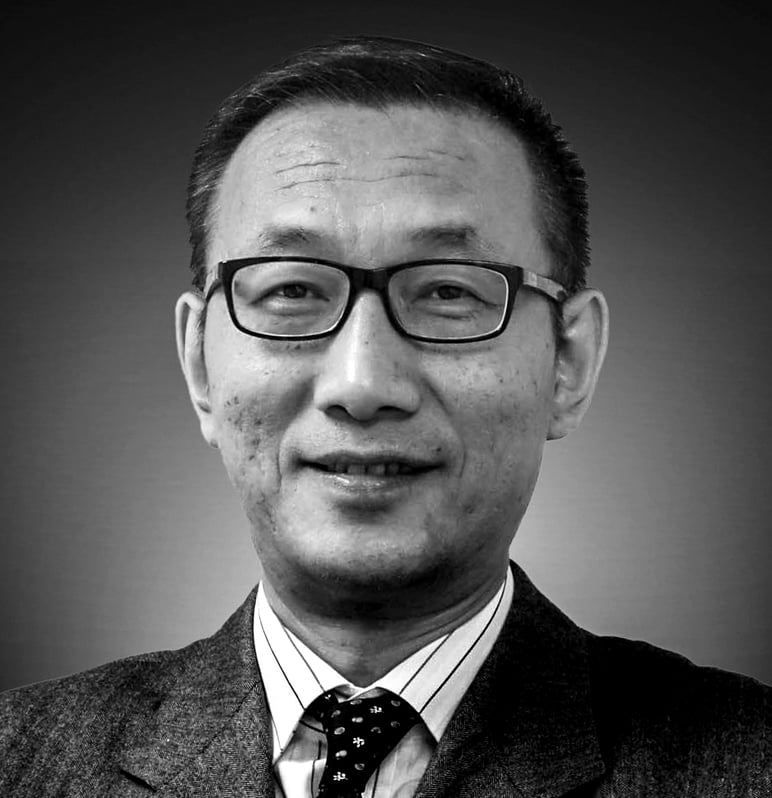
What happened to the billions of yuan seized in China’s anti-graft campaign?
In February 1980, Wang Shouxin, the party secretary of a local fossil fuel company in Heilongjiang, was executed on the same day she was convicted of bribery to the tune of 530,000 yuan (HK$615,000).
Her show trial, billed as the largest corruption case since the founding of the People’s Republic in 1949, took place in a stadium filled with more than 5,000 people and was faithfully documented by reporters and photographers.
To put the scale of her offence in context, the average monthly salary of a worker was around 50 yuan.
China's graft-busters train sights on new round of targets
Since then, thanks to reforms and the open-door policy, the Chinese economy has grown exponentially – and along with it the brazenness and greed of corrupt officials. They have gone from extracting bribes worth millions in the 1990s and tens of millions in the first decade of this century to hundreds of millions of yuan today. The higher the official’s rank, the bigger the bribes.


Former Communist Party chief of Liaoning province expelled over alleged election graft
Exact figures are hard to come by, but an official from the Communist Party’s Central Commission for Discipline Inspection (CCDI) said in a rare interview last year that the anti-graft watchdog alone had confiscated a total of 20.1 billion yuan from corrupt officials between late 2012 and June last year.
That is in addition to the bribes later documented and confiscated by courts.

Confusion over this stems partly from the mainland’s extraordinary systems to investigate corrupt officials and track and document their assets.
Chinese graft-busters take aim at another PLA general
Usually, an anti-graft probe is initiated and overseen by the CCDI, which employs extra-legal means to detain and question officials suspected of corruption for as long as is needed, until investigators are satisfied with the evidence.
Moreover, the CCDI appears to have carte blanche to determine and confiscate any suspected illicit gains before turning the suspect, along with the selected evidence, to prosecutors for a criminal trial.
This helps explain why the value of bribes determined in court is often much smaller than the amount previously reported in official media, causing disbelief and dismay among ordinary mainlanders.
For instance, Zhou Yongkang ( 周永康 ), formerly the mainland’s security tsar, was convicted partly on bribery charges relating to 129.77 million yuan while his son, Zhou Bin, was convicted of accepting 124 million yuan in bribes.

In the interview in July last year, which was under-reported, the CCDI official for the first time tried to explain the whereabouts of the confiscated bribes. She said most of the cash was handed over directly to the state treasury after the trials and if the bribes were in the form of properties or expensive paintings they were auctioned off first. In addition, some money went to the victims if they could be found. The courts reportedly followed similar rules.

Confessions of a corrupt Chinese cadre: jailed former city boss dies of cancer after setting off graft investigation storm
Given the rising public interest in these ever-expanding sums of confiscated money, there is an urgent need for the authorities to improve the disclosure mechanism to better inform the public about how the money is used – rather than just giving bland excuses that the money simply went to the state treasury.
Some suggest the officials should release regular updates on the money seized and, more importantly, consider putting the money to better use by setting up funds or charities to help the poor and disadvantaged.
Wang Xiangwei is the former editor-in-chief of the South China Morning Post. He is now based in Beijing as editorial adviser to the paper

